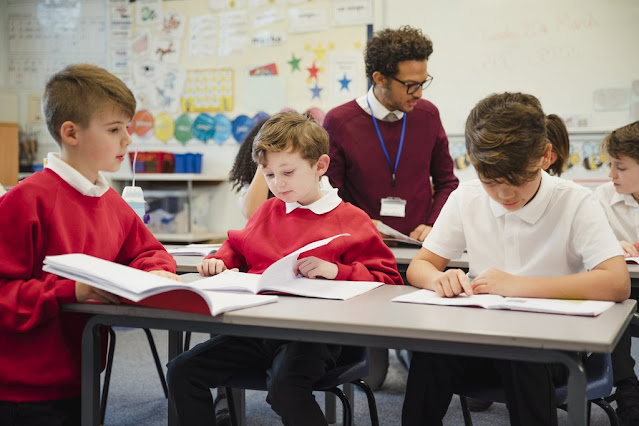Practical Learning is a wonderful thing for all children. It helps them grow up with a head full of ideas. It teaches them to think for themselves, as well as their surroundings. It can teach them responsibility for other people and things around them. There are many ways that practical learning can benefit children.
Reason Number Eight, as it is called by most people, is probably the most important reason for learning. They will learn that they must learn to count by actual counting, or the method taught in most classrooms. They will learn about subtraction and division. They will be given real life examples in which to learn these things and will see these things used in the real world. This is a great introduction to numbers and how they are used.
Reason Number Seven is that most children need structure in their lives. They do not like just any type of learning experience. Most children do not like when they do not know what to do with the rest of the day, or night. Practical learning can give structure to their lives. They can learn about times and days of the week.
Reason Number Six is that practical education can prepare children for the real world. When children have the knowledge they need to go to school but can also choose to stay at home and study, they will be more ready for kindergarten. When they can go to school and also choose to stay at home and watch a television program after school, they will have more prepared to go to work.
Reason Number Five is that children love to learn. Practical learning can help this happen. It can show them the importance of caring about other people and what they need to do. When teaching about caring, children will see that their actions really matter.
Reason Number Four is because the process of learning can be fun. The process of having to carry objects around can be exciting for children. It can teach children that they are not the only ones in the classroom. When children start to learn about caring, it can teach them to care about others too. They can see that it is OK to say "I am sorry" or "Don't do that".
The fifth reason to introduce practical education into your classroom is that it can make students more independent. Students who are independent may enjoy learning things on their own. This could increase their self-confidence and make them less timid when it comes to making choices about how and what to do with their lives.
The seventh reason to introduce practical learning is that it can be an effective way of teaching. In some ways, this could be viewed as a kind of behavioral management. You can use the learning processes of the field to motivate and get students to think about their behaviors. This means that the students will be less likely to give up if they do not understand why they are learning certain things and why they are behaving a certain way.
The sixth reason to use practical learning in your classroom is that it can be a fun way to approach learning. Some people learn better by working at things. The classroom could be turned into an informal learning environment where students can work at projects. This can be particularly fun for those students who love to learn by doing and who like to interact with other people as well.
The fifth reason to use this method is that it can be a good way of promoting social interaction. Some classes only have a handful of students. In this case, all of the energy is focused on the teacher and everyone else attending the class is not necessarily looking to learn anything. By taking a few minutes out of each class and showing the students some creative problem solving skills, you can see them interacting with each other and trying to solve problems that do not really exist.
The fourth reason to use this method is that it can help to keep classroom noise down. Some students get up every time their teacher comes into the classroom to show a new concept. Other students are quiet when their teacher is teaching and listen quietly when he/she shows a concept. By having some students are quiet when teaching, you can get more focus on what you are teaching and be able to pay more attention to the material.
The third reason to use practical learning in your classroom is that you can get a quick assessment of whether or not a concept is being learned. After every concept is taught, there may be a quiz to determine how well the student is retaining that concept. Using this technique, you can measure how many times each concept is being retained. By doing this, you will be able to make sure that your classroom is ready for the next lesson.






0 Comments